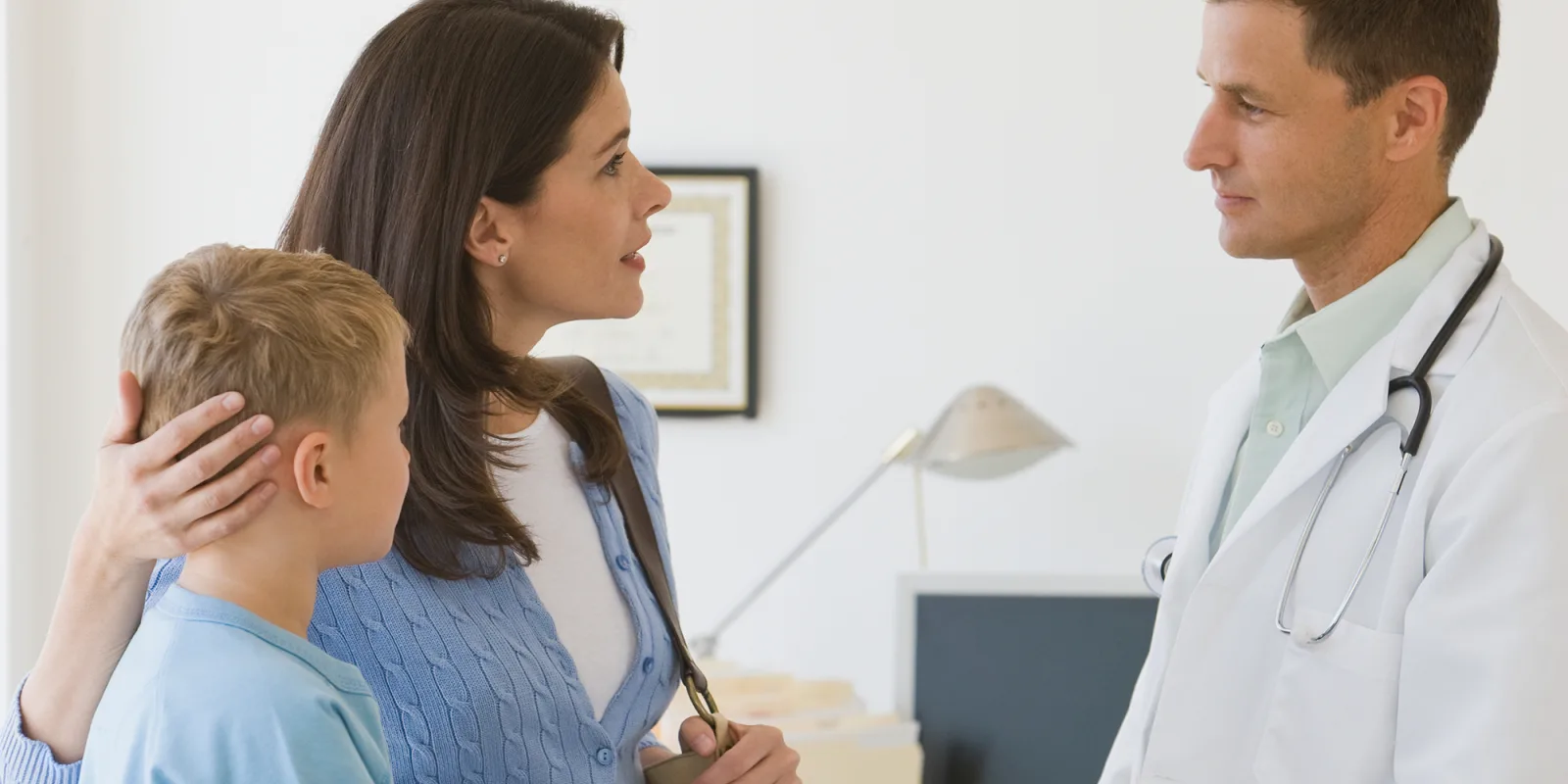
Today, I saw a very pleasant 13-year-old patient, brought in by his parents for a second opinion. They had been to see an optometrist and the patient had shown a marked progression in his myopia. The optometrist had them scared beyond words about the risk of retinal detachment — she wanted to place the child on a dilute concentration of atropine eye drops and start him in contact lenses and bifocals to try to reduce the rate of progression.
For those who are not ophthalmologists, high myopia (nearsightedness) can be quite a burden and there is a significant increase in the risk of retinal detachment. Several recent trials (most with relatively small numbers of participants) have shown a reduction in progression of myopia with similar approaches, and this young man was already refracting at -5 diopters.
So, to be fair, the optometrist’s concern was likely genuine and well-meaning. But it left me with a young couple nearly paralyzed about what to do for their son. We had a long discussion about risks versus benefits, the nature of such trials, and the genuine concerns parents have when making choices about their children’s health. It was one of those cases we all face in which there really isn’t One Answer to the question — at least not One Answer that you can present as the physician and support with strong scientific support.
It wasn’t a situation with high morbidity ... or was it? Most retinal detachments are successfully reattached with one or more surgical procedures … but not all. And successful reattachment can still result in substantial vision loss.
And the proposed treatment was benign enough ... or was it? Eyedrops are readily absorbed through the conjunctiva and nasal mucosa, and even dilute atropine drops can yield systemic levels high enough to have cardiovascular and CNS effects. So, what happens when one of these kids is taking atropine drops, and just happens to be predisposed to some sort of tachycardic arrhythmia and is stressed during a basketball game?
We’ve all seen how encouraging, small trials can yield wildly unexpected effects when a new medication or procedure is finally approved for use in large populations. So, what happens when several hundred thousand adolescents are taking atropine drops to reduce the progression of their myopia in the next decade?
With our discussion, the parents were ultimately able to make a decision and tell me what they felt comfortable with in terms of treatment for their child. (“Yes” to various optical techniques, and “no” to atropine.) But the case study leads me to my real point: Sometimes, the art of medicine trumps the science. This encounter was not about the patient’s current physical status, it was about an uncertain and unpredictable future. It was about frightened parents who felt faced with terrible choices. These are the moments when the chart and the prescription pad should be set aside. These are the moments when we should just talk. Just listen. Just empathize. These are moments when we just try to provide whatever guidance and insight our experience, our training, and yes, our biases, will assist our patients in making decisions they can comfortably live with.
And in spite of the reminders to stay on schedule, to document an encounter in an EMR – and the thousand other pressures of our modern practices – that part of medicine doesn’t feel very far removed from the days when our forebearers made rounds in their horse-drawn buggies.
My 13-year-old patient encounter threw me hopelessly behind for the rest of the afternoon, not because it was particularly demanding technically, but because it was one of the most pleasant moments I’ve had practicing medicine for some time. Simply because, for those few moments, I had the chance to connect with my patients in a direct, human way. For those few moments, I was able to enjoy being a physician — a physician in the oldest tradition of medicine, in a line that reaches back to Hippocrates.
At times, it seems as though science, administrators, corporations, and society in general are hell-bent on making us technicians. I hope we are all lucky enough to find moments, such as mine, that remind us we are much more.
Dr. Breene practices comprehensive medical ophthalmology at New Hope Eye Center in Duluth, Georgia. His other passions include playing bass guitar with stunning mediocrity, painting, drawing, and building and repairing guitars. He can be found on Facebook and Instagram under dennisbreene.







